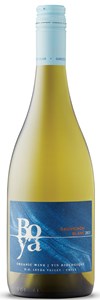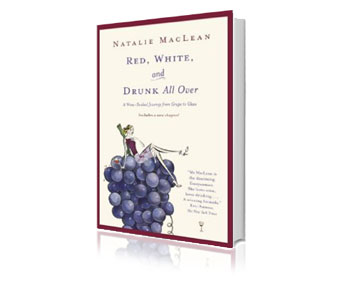 | Alana L rated this wine as 89/100 with the following review:
Tenuta Valdipiatta D.O.C.G. 2017 (95% Sangiovese, 5% Canaiolo) – Family-owned and founded in 1960, Tenuta Valdipiatta is certified organic and has instilled sustainability and environmentally sensitive practices throughout its vines and vineyards including plant biodiversity cover crops between the vine rows to feed the soils and attract beneficial insects to maintain a natural balance against predator insects. Ruby red with orange tints this wine really comes alive on the palate. Red fruit yes, but also tomato, smoke, tapenade on both the nose and palate. Aged in large barrels with only a very small percentage of new oak to preserve the fruit – here the oak is used only to preserve the balance and not add any flavours or complexity and the resulting wine has a lovely texture and tannic/acidity balance. Pair with grilled meats, charcuterie and aged cheese.
Tasted as part of this week’s virtual Vino Nobile di Montepulciano tasting, showcasing the 2016 and 2017 vintages, organized by the Italian Trade Commission and Consorzio Vino Nobile di Montepulciano and hosted by Lauren Power.
Not to be confused with Montepulciano d’Abruzzo (often budget-friendly reds made with Montepulciano grapes in the Abruzzo region), Vino Nobile di Montepulciano are premium (DOC, DOCG) Sangiovese-based red wines named after the town Montepulciano in Tuscany.
Vino Nobile di Montepulciano has a long, and storied, wine history closely associated with Italian nobility (it was only available on their tables) and became a controlled designation of origin (DOC) in 1966 and Italy’s first DOCG wine in 1980. These prized Tuscan wines owe their quality not only to the winemaker’s expertise, but also to the geological features of the vineyards (1,300 hectares are registered for Vino Nobile di Montepulciano) situated between 250 and 600 meters above sea level. Vino Nobile wines must be made up of a required minimum 70% Sangiovese (called ‘Prugnolo Gentile’ in Montepulciano) and a maximum of 30% of other varieties authorized for the Tuscany Region. By law both vinification and ageing must take place in the municipal area of Montepulciano and must be aged for two years (three for Riserva) before being sold.
2017 is considered a 5 star year and was characterized by extreme hot and dry weather conditions that impacted vine growth and vineyard production and translated to a drastic reduction in yields (the lowest recorded in the last 70 years) resulting in wines that are intense in colour, concentrated, with darker notes and that are well-balanced in alcohol and acidy, complex and with significant tannins. An extreme year resulting in small yields of good and excellent quality wines. |
 Best Books of the Year
Best Books of the Year Best Books of the Year
Best Books of the Year
















